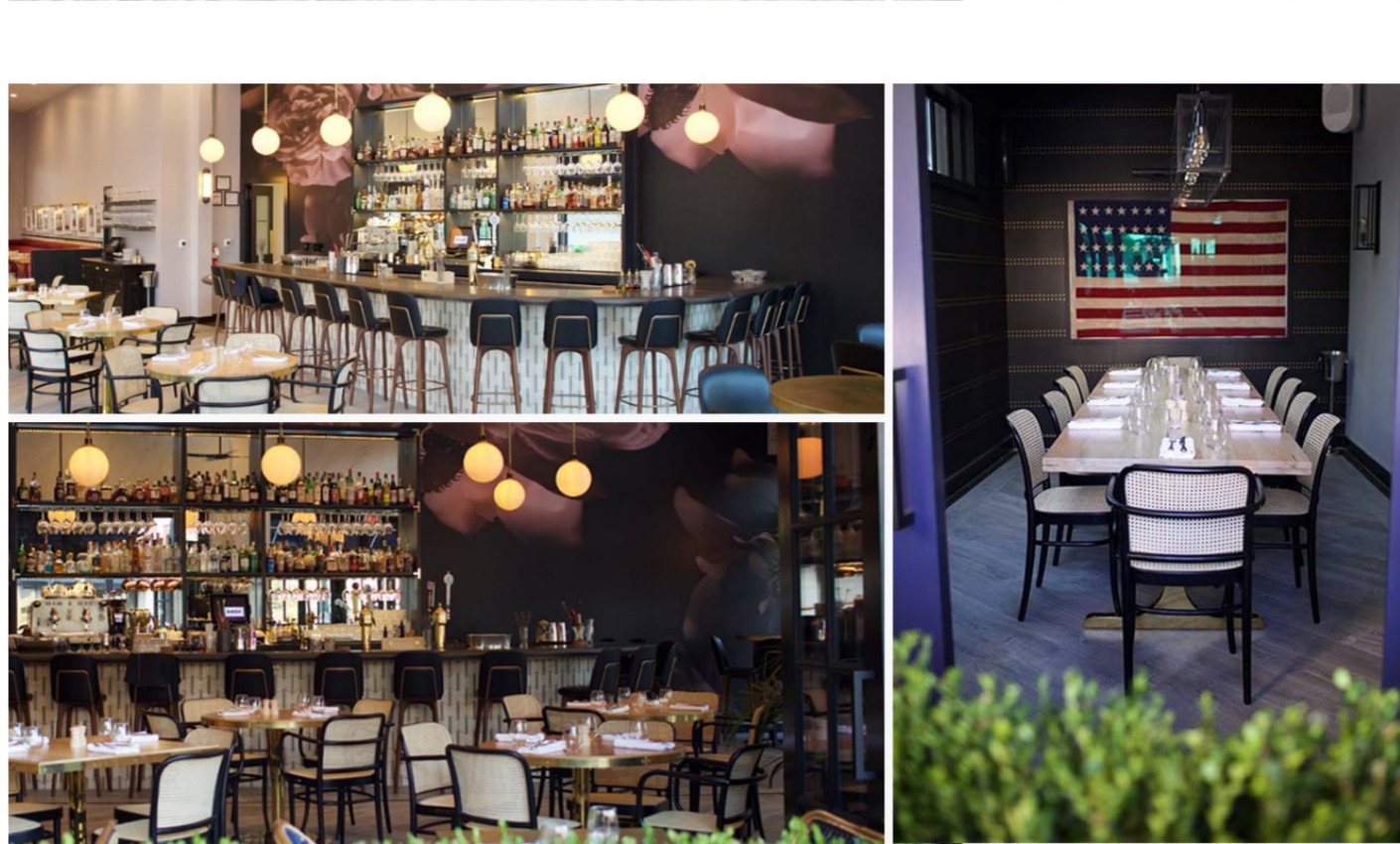Restaurant design is an art form that goes far beyond aesthetics. It encompasses the careful orchestration of space, functionality, ambiance, and overall experience. In this article, we explore what is involved in restaurant design and how different options contribute to creating remarkable culinary experiences.

- Maximizing Space Efficiency: Restaurants often operate within limited square footage, and efficient space utilization is paramount. It is essential to optimize floor plans, ensuring efficient traffic flow, seating arrangements, and kitchen functionality. Through thoughtful spatial planning, the design can create seamless transitions between dining areas, bar spaces, and service zones, enhancing both guest comfort and operational efficiency.
- Creating Unique Ambiances: A well-designed restaurant should evoke a distinct atmosphere that complements the cuisine and overall concept. The use of innovative use of materials, lighting, color schemes, and acoustics can make the restaurant welcoming and unique. By skillfully manipulating these elements, the design can create a harmonious ambiance that captivates guests and sets the perfect tone for their dining experience.
- Balancing Aesthetics and Functionality: While aesthetics play a vital role in restaurant design, functionality should never be compromised. The design must strike a delicate balance between visual appeal and practicality. Considerations include the ergonomics of seating, the placement of service areas, and the integration of technology, ensuring that every design element serves a purpose and enhances the overall guest experience.
- Seamless Integration of Brand Identity: Restaurants often have unique brand identities that need to be reflected in their physical space. Architects work closely with owners and operators to understand their vision, translating it into a tangible design. By incorporating brand elements, such as logo placement, color schemes, and architectural features, they create an immersive environment that aligns with the restaurant’s identity and captivates guests from the moment they step inside.
- Regulatory Compliance: Building codes and regulations can be complex and vary from one location to another. Architects are well-versed in navigating these requirements, ensuring that the restaurant design meets all necessary regulations for safety, accessibility, and zoning. Their expertise in compliance enables owners to avoid costly mistakes and delays during the construction and permitting processes.
Conclusion: Through skillful use of spatial efficiency, ambiance manipulation, brand identity integration, attention to detail, and regulatory compliance, architects bring restaurant concepts to life, enabling owners to unlock the full potential of their culinary endeavors and provide guests with an exceptional dining experience.


